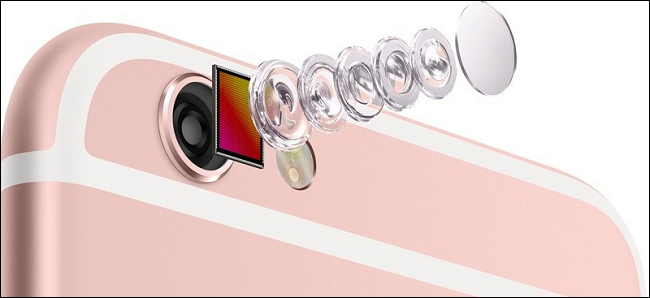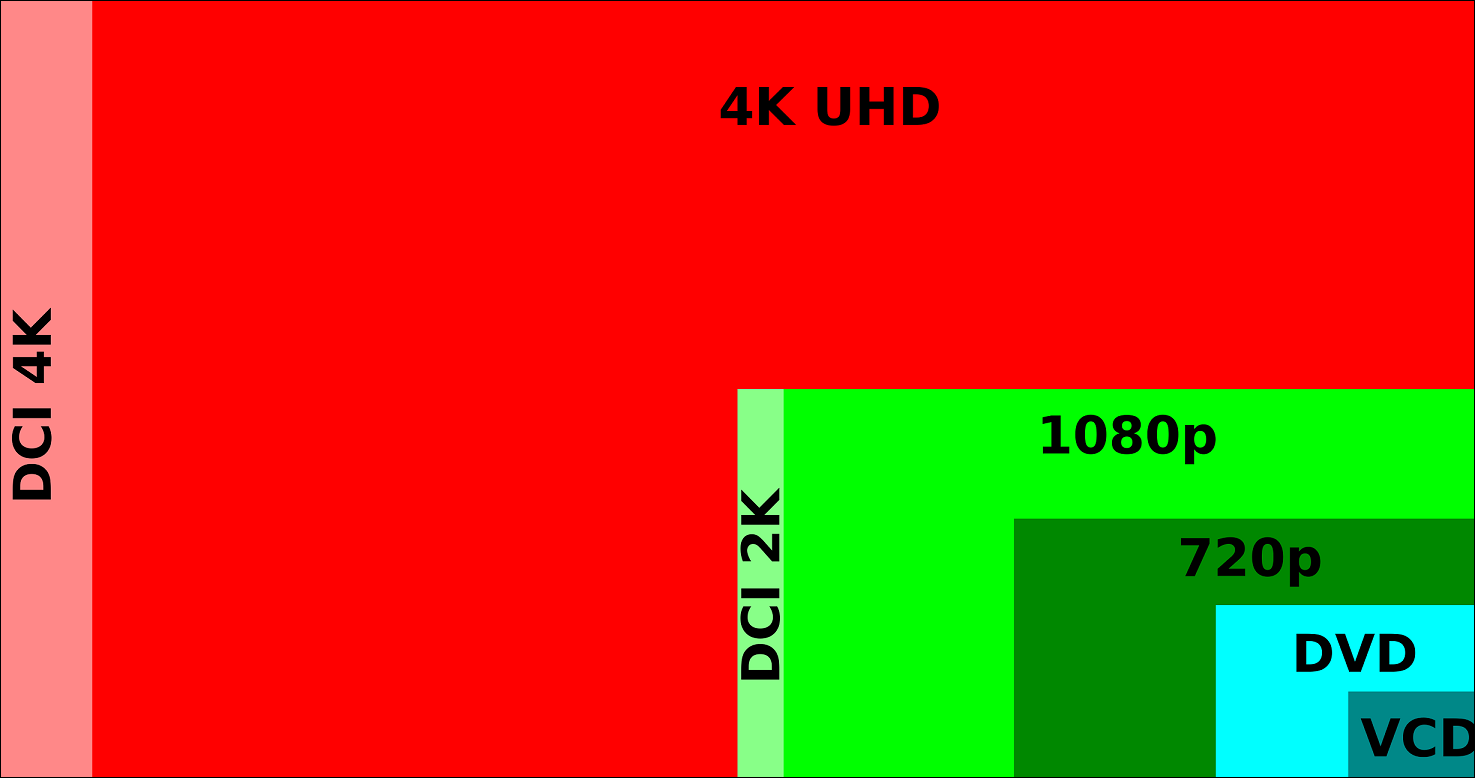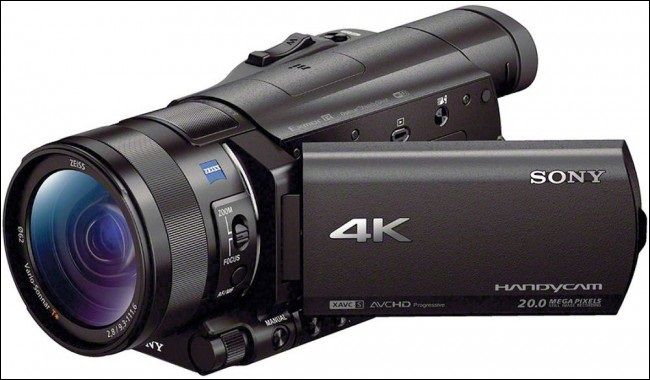With the addition of 4K video recording on smartphones like the iPhone 6s and Samsung Galaxy S6 this year, many consumers have been left wondering what all the fuss is about. What makes a 4K video so much better than 1080p, and how is the camera on the back of an iPhone any different from a 4K camcorder from Sony or Nikon?
As 4K televisions start to make their way off the show floor of CES and into our living rooms, here's everything you'll need to know to be sure your next home video looks and acts the part.
What Is "4K" Anyway?
To start, it helps to know what the difference is between 4K video and a standard 1080p recording, and why all 4K isn't created the same.
The same way "HD" is thrown around to include everything from 720p to 1080p, the concept of what makes "4K" truly 4K can vary depending on the device you're talking about, and the quality of the input/output format.
Right now, there are two types of 4K recording formats: UHD 4K (Ultra High-Definition), and DCI 4K (Digital Cinema Initiatives). The first is defined as any recording that takes place at a resolution of 3840 x 2160 (exactly two times the width and height of 1920 x 1080, or 1080p) in the aspect ratio of 16:9, while the second packs in slightly more pixels at a resolution of 4096 x 2160, with an aspect ratio of 19:10.
Technically, DCI 4K is the only "true" 4K format, established by a consortium of the top movie studios as the standard in 4K recording and projection. But UHD 4K is primarily tailored to consumers, since it more accurately fits into the 16:9 aspect ratio that almost all televisions and computer monitors use. Digital projectors in a theater, however, are able to fit the DCI 4K 19:10 ratio on their screens without a problem.
For the sake of this article, you'll only need to know that consumer camcorders and the cameras on newer smartphones record in the resolution of "UHD 4K", while professional models are capable of recording at the full DCI 4K spec.
4K Cameras: A Breakdown
The field gets muddied even further when you start diving into the different types of 4K cameras out there.
To make things a bit simpler, we're going to divide the technology into three distinct categories: consumer, prosumer, and professional. The first is easily the most common of the lot, as these are the 4K cameras you'll find on the back of recent smartphones like the iPhone 6s and Samsung Galaxy S6, as well as certain high-end GoPros. Most of these styles of camera actually record at the UHD specification rather than "true" 4K, mostly due to the fact that UHD is natively compatible with the aspect ratio of 1080p displays and consumer-grade 4K theater setups.
Next, there's prosumer 4K camcorders, which on their own can cost anywhere from about $700 all the way up to $5,000, depending on the model you choose. These are personal, handheld camcorders that look almost identical to the same camcorders people have been using for years, albeit with huge sensor and lens upgrades. Many newer DSLRs with 4K video recording capabilities can also be folded into this category, though it's important to note that most DSLRs are usually intended for still pictures first, with 4K recording capabilities being added on as an afterthought.
Last, there's professional 4K cameras, best evidenced by units like anything in the RED lineup of shooters. These cameras are priced way out of a regular customer's budget, costing at a minimum $15,000, all the way up to $250,000 for the deluxe models. These are the cameras that have come to dominate Hollywood since David Fincher's The Social Network became the first movie to shoot entirely on 4K back in 2010, and are known primarily for their customization between hundreds of different additional lenses and professional lighting setups.
But if they all shoot 4K video just the same as the next, why is there such a massive gap in price between each tier?
It All Comes Down to Accessories
To keep things brief: it's about the add-ons.
Now, when we say "add-ons", we aren't talking specifically about accessories like a camera strap or a tripod, but more the different types of lenses, lights, and audio recording equipment that a camera is compatible with. The more compatible parts, the more versatile the camera is in different situations.
While prosumer cameras like the Sony A7Rii can support a wide array of lenses that can change an image drastically (a telephoto lens will produce something different than a wide-angle, for example), 4K smartphones are limited by their size and what types of recording equipment can actually plug into the devices to affect how a shot eventually turns out.
In collections of various tests gathered from around the web, users have found that in purely stock shots with no added lenses, the iPhone was able to hold its own against prosumer cameras that were over three times the cost. The phone did struggle in lower lighting situations, however, where cameras like the A7Rii were still able to capture enough of the picture using customized settings. And with the ability to add more lenses, the A7Rii is clearly the more powerful camera. But for the average user, the 4K footage from the 6s was still miles beyond what you would expect out of such a small device.
Discussing the difference between a 4K smartphone camera and a $15,000 RED is a whole different ball game. Even though both share similar specs like a 12-megapixel sensor that lets in the same amount of light and captures the same amount of color, the backend processing power of a RED allows the operator to shoot 4K video at a much higher framerate. So while the iPhone 6s is limited to only 30 frames per second (a smooth recording that can sometimes look jittery if you pay close enough attention), a top end RED will amp that number to upwards of 155fps, at least in the case of its latest "Dragon" sensor.
A higher framerate is necessary when shooting big-budget films, because the increased amount of data between each individual frame makes it easier to add in visual effects that match up with the source format. If you're only using your phone to take some vacation videos though, the difference is generally negligible.
Unless you're really into the idea of getting the best possible lighting and sound for your child's next dance recital, the 4K recording you get out of a smartphone will be just as good as what you'd achieve with a prosumer camcorder that's three times the cost. And while neither could hold a candle to the framerates that professionals in Hollywood are using for the next Michael Bay blockbuster, they're still plenty capable enough to handle everyday recording without a hitch.
Image Credits: Apple, Sony, Wikimedia Foundation



